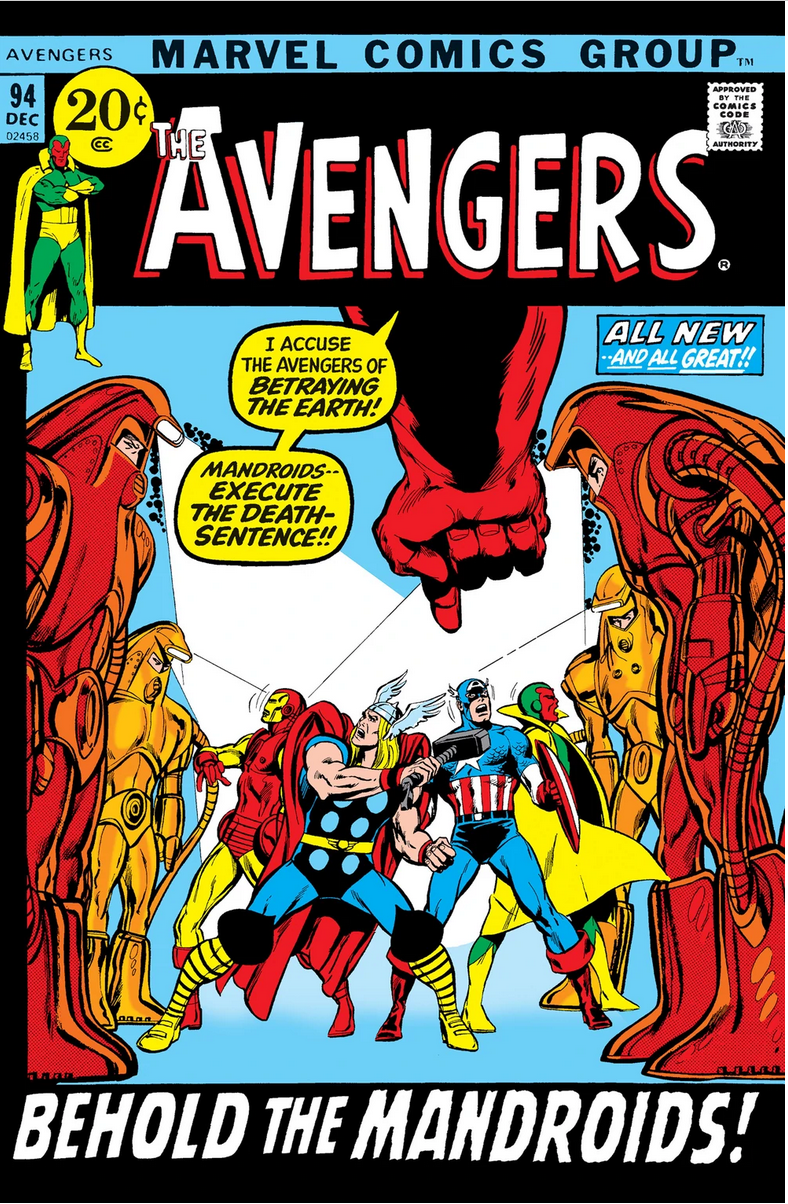Stan Lee believed in Spider-Man as a film franchise, but the rights were tangled in a web of lawsuits
Spider-Man film rights stuck in legal quagmire
Stan Lee had a vision — an entire Marvel Universe on screen! He had worked for decades to get Hollywood executives and studio heads to believe him. As always, he placed his faith in his most successful co-creation — Spider-Man.
Stan Lee with his number one creation -- Spider-Man
Even a person as optimistic as Stan had a difficult time keeping his cool as a series of productions companies bought the rights to Spider-Man, but then fell into development hell as they attempted to figure out just how to bring the web-slinger to life.
The extensive licensing and rights deals attached to the character led to a series of high-profile lawsuits that stalled progress and infuriated Lee. At various points the legal battles included many of Hollywood’s greatest names, from MGM and Viacom to Sony and 21st Century. Even the great James Cameron — who would later become a hit-maker based on Titanic (1997) — couldn’t move the mountains necessary to make a Spider-Man film based on his 1991 treatment.
Stan Lee hoped James Cameron would make a Spider-Man film
The legal battles were not cleaned up until early 1999, when Columbia Pictures acquired the rights to all previous Spider-Man scripts in a deal with Metro-Goldwyn-Mayer and Sony then purchased the rights from MGM. Sam Raimi was hired to direct the Tobey Maguire-starring vehicle in 2000 and the film came out two years later.
Spider-Man (2002) is finally made!
Spider-Man was 2002’s highest grossing film, generating more than $407 million in North America, while earning a staggering $418 million overseas. Wiping out all the doubts about whether a superhero film might work, Spider-Man soon became the highest-grossing superhero film of all time after its release, both domestically and worldwide.
Spidey turned Stan Lee’s dream into a reality!
To learn more about the Marvel maestro’s amazing life, please read Stan Lee: A Life, available wherever you like to purchase books.












